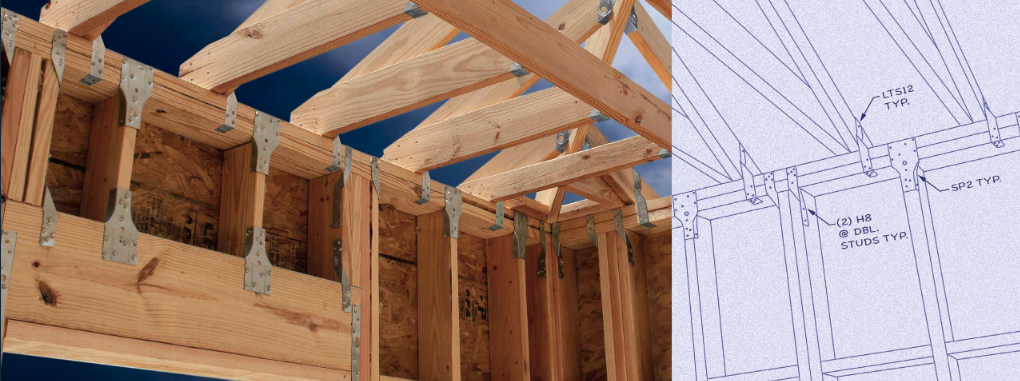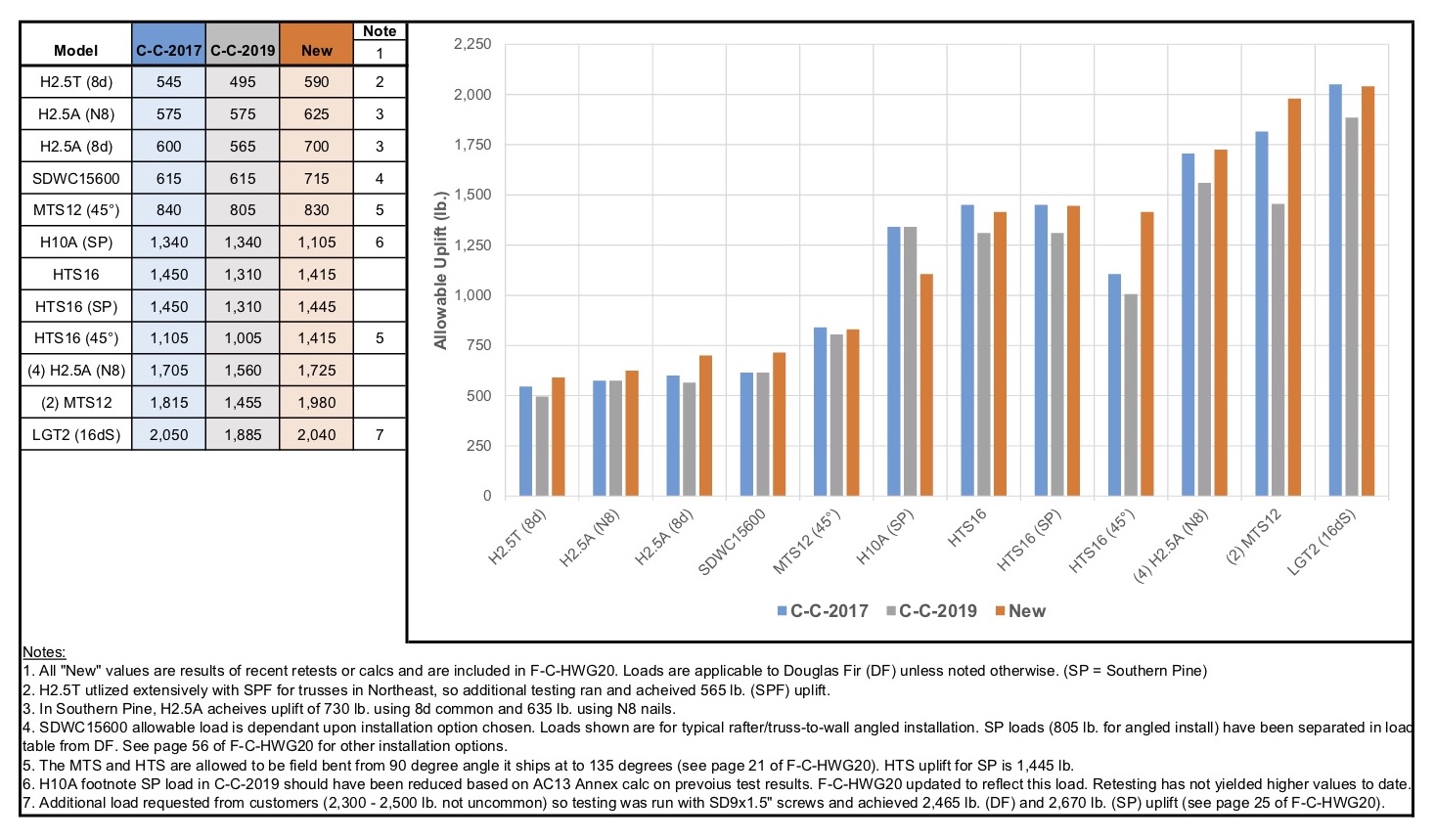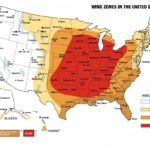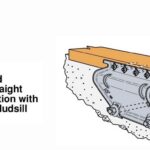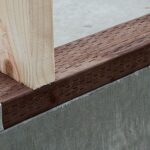According to the Greek philosopher Heraclitus, “The only constant in life is change.”
When the latest Wood Construction Connectors catalog (C-C-2019) was published, my colleague, Paul McEntee, PE authored an excellent blog post to announce some big changes within the catalog. He shared that Simpson Strong-Tie® was the first in the industry with updated connector allowable load tables to meet the new ASTM test standards required by the 2015 and 2018 International Building Code® (IBC®). It was one of those rare times where being first didn’t exactly feel like winning.
Let me explain …
The 2015 and 2018 International Building Code (IBC) Section 2303.5 specifies that joist hangers shall be tested per ASTM D7147 Testing and Establishing Loads of Joist Hangers. Previous versions of the IBC required testing to comply with ASTM D1761 Test Method for Mechanical Fasteners in Wood. Both standards determine a connector’s allowable load as the lowest of the following:
- Lowest ultimate of three tests (or average of 6) with a safety factor of 3
- Average load at 1/8-inch deflection
- Calculations per American Wood Council National Design Specification for Wood Construction (NDS)
The primary changes from ASTM D1761 to ASTM D7147 are requirements to measure properties of the tested materials, such as steel strength, fastener strength, and wood specific gravity. The tested ultimate loads must be reduced) when tested material properties exceed the minimum specified properties. But what if the material properties were not recorded in older tests? ICC Evaluation Services (ICC-ES) revised AC13 – Acceptance Criteria for Joist Hangers and Similar Devices in October 2016 to incorporate a methodology to evaluate products originally tested in accordance with ASTM D1761 to the 2015 I-Codes. Annex 1 of AC13 allowed for materials over-strength assumptions and calculated load reductions to existing connector tests.
Long story, short: While our code reports and catalog were all updated to meet the latest building codes (yay!), the result was that some connectors with long-established allowable loads now showed lower values (boo!). This change didn’t excite designers, contractors or builders. Paul’s blog post and a new 2015 and 2018 IBC Resources Portal were created to help explain why, but we weren’t stopping at that in our support for our customers.
Responding to this change is especially important in high-wind regions that require high allowable loads for hurricane ties in order to create a robust load path to resist uplift forces.
Simpson Strong-Tie doesn’t have the in-house capability to create high winds to test full-scale structures the way the Insurance Institute for Business and Home Safety (IBHS) can (check out this video to see their tests). However, we do have multiple IAS-accredited test labs across the United States that allow us to test per ASTM D7147 and other standards to load rate our connectors, fasteners, anchors, RPS products and lateral systems. As soon as the testing standard changed, the Simpson Strong-Tie R&D engineering team quickly got to work to retest key hurricane ties. Because the test standard requires these adjustments no matter what the failure mode is at ultimate load, we knew that if we could test with connectors, fasteners and lumber near the minimum specifications, we could reduce or eliminate these reductions and validate higher allowable uplift loads.
The new test standards require greater precision in material selection in order to deliver products to our customers with the highest possible allowable loads. This means our engineers and lab technicians have to painstakingly search for steel that closely matches minimum thickness and tensile properties, nails close to minimum bending yield, and lumber with specific gravity and moisture content in a small defined range. Otherwise, each test could be a waste of time and resources because of large reductions to results due to over-strength.
With a lot of hard work, the R&D team was able to deliver. You’ll see the results published in our new High Wind Guide (F-C-HWG20), notably resulting in increased loads for several connectors, including the popular H2.5A and H2.5T hurricane ties as well as the Strong-Drive® SDWC15600 Truss screw. For a full list of retested connectors shown in the guide, check out this bar graph. It has side-by-side comparison of allowable uplift loads in the 2017 Wood Construction Connectors catalog, the 2019 version, and the High Wind Guide.
If you’d like to learn more about how you can utilize the results of this hurricane tie retesting in your building design to resist high wind forces, please join us for a free webinar on August 12 at 11:00 a.m. PDT. The Technical Training Manager for the Southeast United States, Billy Viars, and I will be hosting this webinar, where we’ll discuss wind effects on structures, determining wind demand loads, and designing a continuous load path using the High Wind Guide – a tool specifically created to assist in tackling this task. We’ll walk through an example on using the guide to select proper connections for a wood-framed structure, as well as discuss the right connectors for use with other construction materials, such as in wood-to-steel or wood-to-concrete/CMU connections.
After attending this webinar, you should be able to:
- Understand the use of the recently updated High Wind Guide in the design and construction of structures in high-wind regions
- Identify various connections to complete a continuous load path from roof to foundation
- Quickly navigate sections of the High Wind Guide
- Identify connection options specific to high-wind regions that aren’t shown in other publications
We’ll have a Q&A session during the live event, so you’ll have an opportunity to ask questions. Additionally, we’ll offer continuing education credits. Participants can earn one professional development hour (PDH) or 0.1 continuing education unit (CEU).

